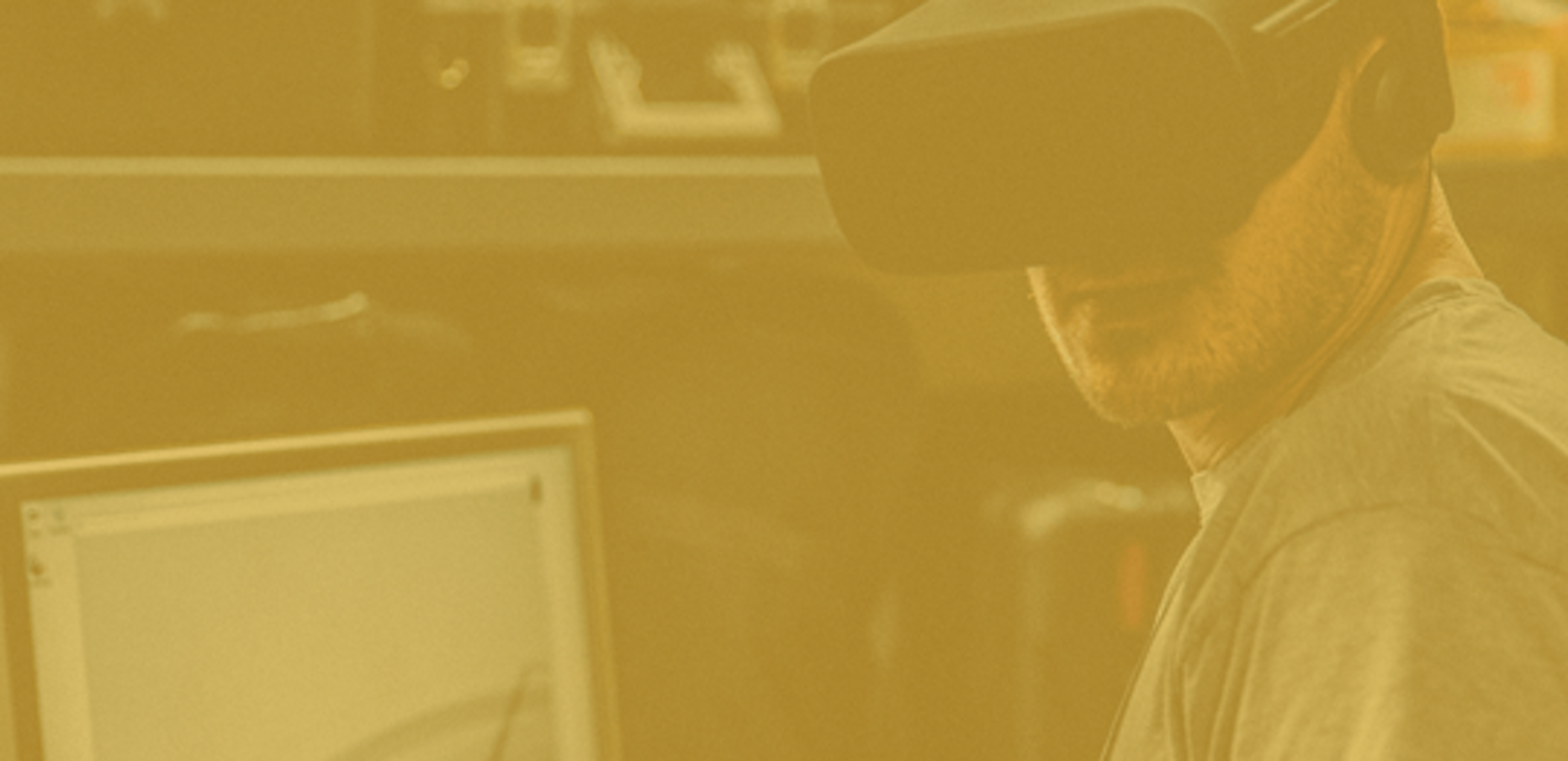What does that mean for the web?
Already you should have started seeing content for VR, whether it’s 360 videos on Facebook or smartphone apps that support VR features. But what about websites in VR? Is there a whole other side to websites I’m not experiencing because I don’t have VR? The answer is not yet (and probably never will).
The user experience just isn’t there yet.
In the last 5 years alone an entire new way of thinking about websites has emerged. What was once the intuition of web designers has become a science. Through testing, experimentation and collaboration the rise of the UX designer has taken the design community by storm (I’m sure there is a cloud pun in there somewhere).
With VR only in its infancy we know almost nothing about the best practice for designing a website, how to build a checkout process in 3D or even standard interactions and expected behaviour; unlike with the screen and mouse, we haven’t had the time to write the laws of UX in VR. These issue aside, by and large the biggest issue with VR’s user experience is having to put on the headset.
Is there a future for VR in web design?
In truth, webVR as it stands is a bit of a gimmick – and an expensive one at that. When you consider how few consumers own a VR headset and those who do not bothering to use them – is it worth your time?
The majority of VR web-content right now is being developed by companies like Google who have the money, audience and technology to develop VR experiences cost effectively. So why does VR matter to you at all?
“Virtual reality is the 'ultimate empathy machine.' These experiences are more than documentaries. They're opportunities to walk a mile in someone else's shoes.” Chris Milk
If you want to tell the story of your brand, VR is the best way to get consumers to care.
So when do you invest in a VR website?
You… don’t.
The future of VR, it would seem – isn’t VR. Say hello to AR.
Augmented reality (AR) is essentially an augmentation of reality. Where VR replaces the real world, AR sits on top of reality. The technology for AR has been around for a while now and you can download apps on your smartphones or you might have even experienced AR on the Nintendo 3DS which came out in 2011. So why do I think such an old piece of tech is the future when everyone is talking about VR?
The biggest issue with using VR in your day to day life is how much effort it is to use. Conversely, when AR technology is fully realised, you will likely wear it all day and use it in every part of your life. Imagine sitting on your sofa and instead of switching on an expensive 50-inch TV, you bring up an augmented screen the size of your entire wall, or going to the office and working at an empty desk because everything from your screen to your keyboard and mouse are all virtual (think Minority Report).

Maybe the future of VR in web design isn’t having a website at all, but providing content and information to people in whatever way is convenient to their environment.
If you’re shopping for a sofa, wouldn’t it be more useful to see it in your living room and being able to walk around it in 3D?
Conclusion
The slow market uptake combined with how user’s unwillingness to break out their dusty cardboard VR headsets means you shouldn’t waste your money on adding VR capabilities to your website. That doesn’t mean you should just ignore VR though.
Many platforms you may already be marketing on have VR support that you could be taking advantage of. 360-degree video has proven results in improving watch-time, interaction and impression – and with support for non-VR users to interact with your content, you’re still reaching just as broad a market as a regular marketing video but with all the added benefits of brining your customers into your world.
Investing now in a simple 360-camera is a small price for increasing engagement and interaction with social media marketing. Maybe that next bland product shot could instead transport your customers into your world…
